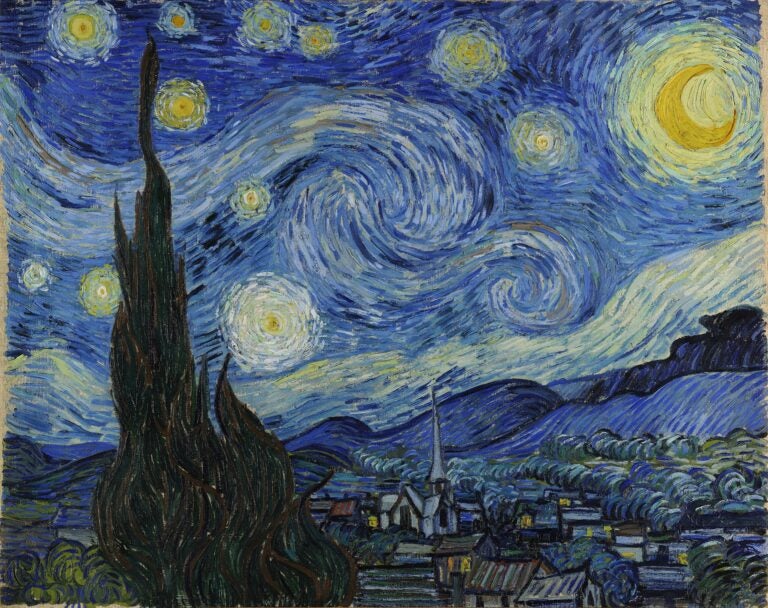Stars are often found not in isolation, but rather in pairs. In these so-called binary systems, two stars orbit around their common center of gravity. Suitable binary systems are of extreme importance in astrophysics as their properties can be inferred with unparalleled accuracy from detailed analysis of their orbital properties.
Puzzlingly, however, an overwhelming majority of the known members of an important family of stars, known to astronomers as RR Lyrae variables, have appeared to live their lives all alone. These stars, being among the oldest known in the cosmos, contain precious information about the origin and evolution of the stellar systems that harbor them, such as the Milky Way itself. However, the lack of RR Lyrae stars in binary systems has made a direct assessment of some of their key properties difficult. Most often, theory had to be invoked to fill the gap.
This apparent solitude has always intrigued astronomers. Now, however, an international research team led by experts of the Millennium Institute of Astrophysics (MAS) and the Pontificia Universidad Católica de Chile’s Institute of Astrophysics (IA-PUC) have found evidence that these stars may not abhor companionship so thoroughly after all. The team reports on the identification of as many as 20 candidate RR Lyrae binaries — an increase of up to 2,000 percent with respect to previous tallies. Twelve of those candidates have enough measurements to conclude with confidence that they do indeed consist of two stars orbiting each other.
“In the solar neighborhood, about every second star is in a binary. The problem with RR Lyrae variables is that for a long time only one of them was known to be in a long-period binary system. The fact that among 100,000 known RR Lyrae stars only one of them had been seen to have such a companion was something really intriguing for astronomers,” said Gergely Hajdu from IA-PUC.
The authors used a method that astronomers call the “light-travel-time effect,” which exploits subtle differences in the time it takes starlight to reach us.
“The RR Lyrae stars pulsate regularly, significantly increasing and then decreasing their sizes, temperatures, and brightness in a matter of just a few hours. When a pulsating star is in a binary system, the changes in brightness perceived by us can be affected by where exactly the star is in the course of its orbit around the companion. Thus, the starlight takes longer to reach us when it is at the farthest point along its orbit and vice-versa. This subtle effect is what we have detected in our candidates,” said Hajdu.
“Our measurements were based on data published by the Polish OGLE Project. The OGLE team has obtained their data using the 1.3-meter Warsaw Telescope located in Las Campanas Observatory, northern Chile, repeatedly observing the same patches of the sky for many years. Our 20 candidates were found analyzing the roughly 2,000 best observed RR Lyrae stars towards the central parts of the Milky Way. That’s about 5 percent of the known ones. It was only thanks to the high quality of the OGLE data and the long timespan of these observations that we could finally find signs of companions around so many of these stars,” said Hajdu.
Indeed, the systems detected by Hajdu and his colleagues have orbital periods of several years, which indicate that the companions, though bound together by gravity, are not very close to one another. “Binaries with even longer periods may also exist, but the current data do not extend long enough for us to reach strong conclusions in this respect,” he said.
For co-author Márcio Catelan from IA-PUC, these results have significant implications for astrophysics. “These are extremely old stars, which have witnessed the formation of galaxies like our Milky Way and survived to tell us the story. Besides, they are easy to identify since they show characteristic cyclical brightness variations, which make them excellent distance indicators for the nearby universe. However, a lot of what we know about them relies on theoretical modeling. We can now exploit the orbital information contained in these binary systems — and there are quite a few of them now — in order to directly measure their physical properties, especially their masses, but possibly also their diameters, thus opening new doors to discoveries that until recently seemed impossible,” he said.
This is just the first step toward achieving these goals, however. According to Catelan, more data will be needed, particularly follow-up observations of the binary candidates with sophisticated techniques like spectroscopy and astrometry. The rewards awaiting at the end of the road seem well worth the long journey, and the RR Lyrae will happily traverse that path with their companions firmly by their sides.

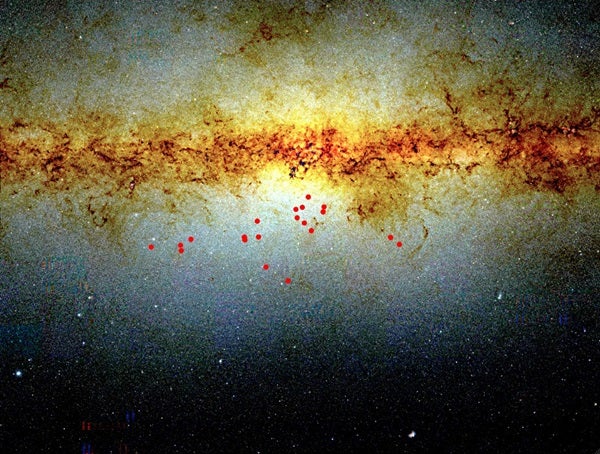


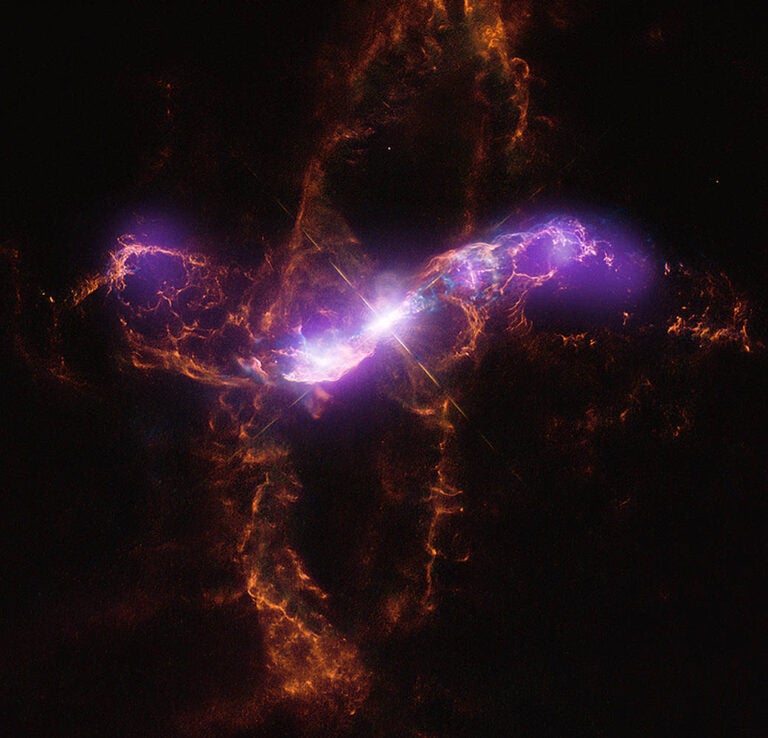
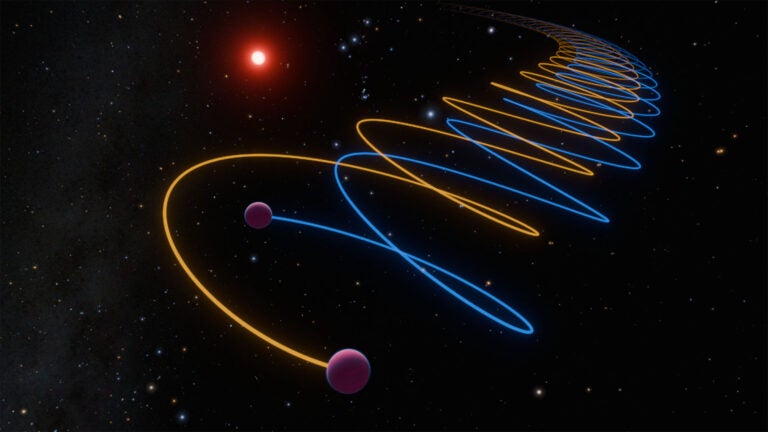
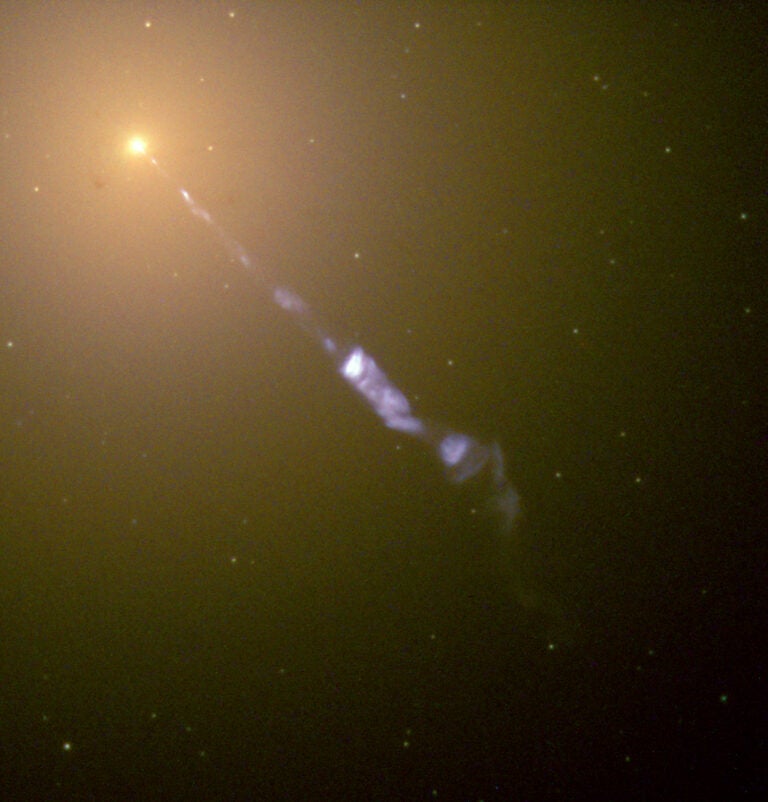
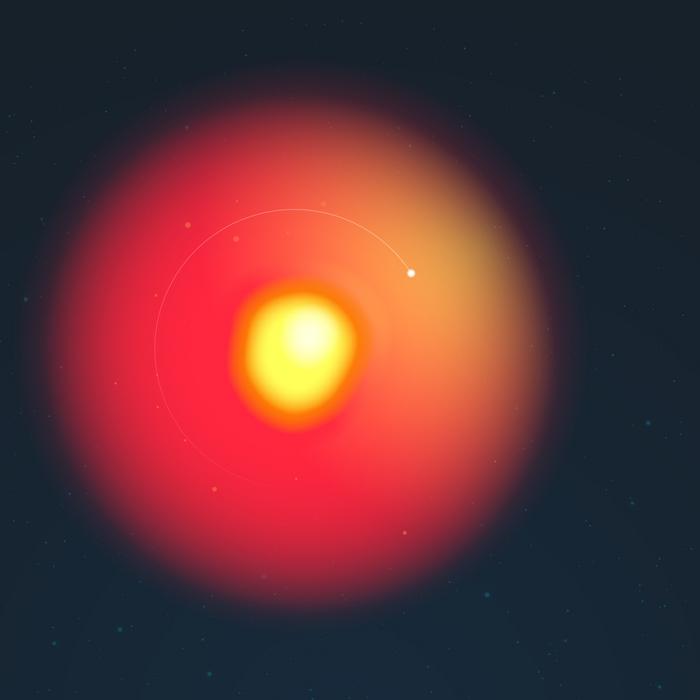

![Albireo (Beta [β] Cygni) is a classic example of a double star with contrasting colors.](https://www.astronomy.com/uploads/2024/08/Albireo.jpg)
